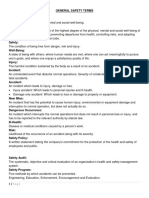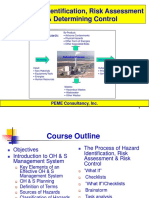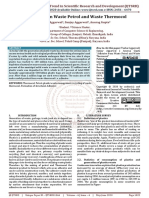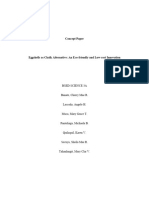0% found this document useful (0 votes)
75 views7 pagesSafety Interview Questions Note
Muhammad Hassan is a dedicated HSE professional with certifications in NEBOSH, OSHA, and IOSH, skilled in hazard identification and compliance. He also possesses graphic design and multimedia content creation skills, aiming to enhance workplace safety and efficiency. The document outlines various types of hazards, scaffolding, permits, safety objectives, risk management, and the importance of incident and near miss reporting.
Uploaded by
mhassan112031Copyright
© © All Rights Reserved
We take content rights seriously. If you suspect this is your content, claim it here.
Available Formats
Download as PDF, TXT or read online on Scribd
0% found this document useful (0 votes)
75 views7 pagesSafety Interview Questions Note
Muhammad Hassan is a dedicated HSE professional with certifications in NEBOSH, OSHA, and IOSH, skilled in hazard identification and compliance. He also possesses graphic design and multimedia content creation skills, aiming to enhance workplace safety and efficiency. The document outlines various types of hazards, scaffolding, permits, safety objectives, risk management, and the importance of incident and near miss reporting.
Uploaded by
mhassan112031Copyright
© © All Rights Reserved
We take content rights seriously. If you suspect this is your content, claim it here.
Available Formats
Download as PDF, TXT or read online on Scribd
/ 7
























































































